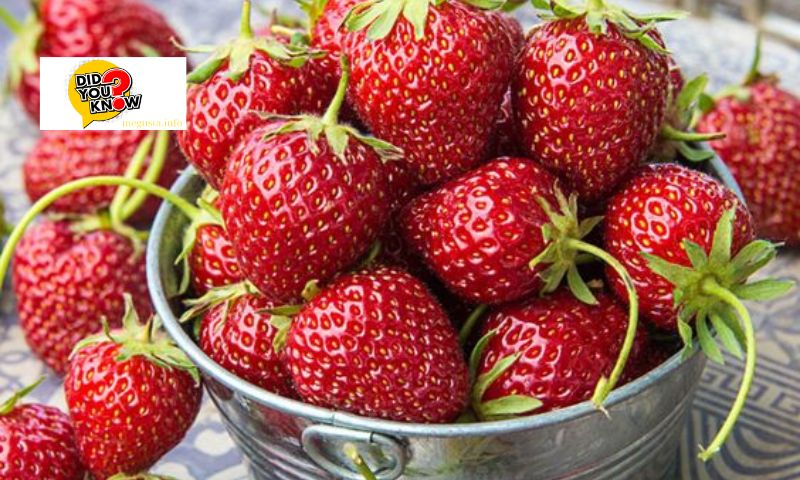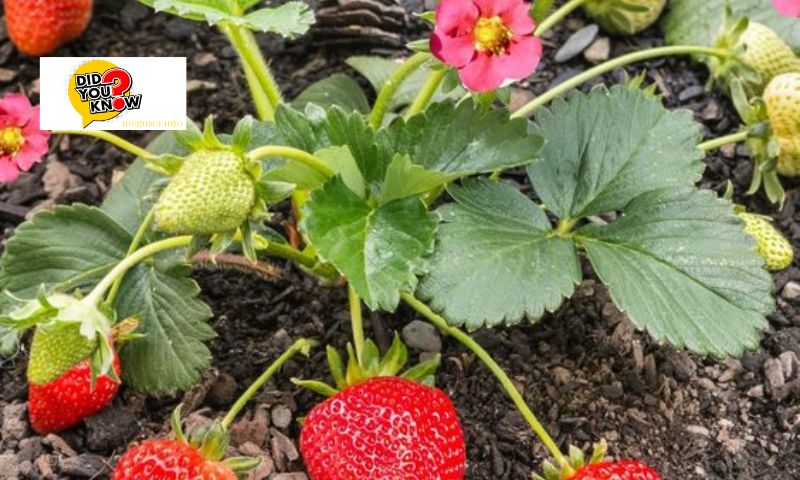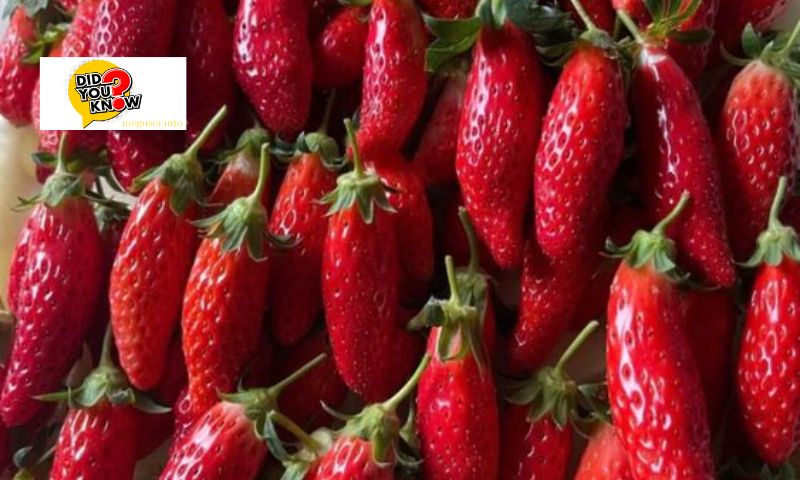Strawberries are not just delicious fruits; they are also lucrative crops for farmers and a delightful addition to any home garden. Increasing strawberry yield is a key goal for growers looking to maximize their harvest and profitability. This comprehensive guide from Megusta.info explores various strategies and techniques on how to make strawberries produce more fruit, ensuring both quantity and quality.
Understanding Strawberry Growth Factors

To successfully increase strawberry yield, it’s crucial to understand the factors that influence their growth. Climate plays a significant role, with strawberries thriving in temperate regions with cool summers. Soil quality is equally important; strawberries prefer well-drained, slightly acidic soil rich in organic matter. Choosing the right variety adapted to your specific climate and soil conditions can also boost yield significantly.
Pre-Planting Preparations
Before planting, ensure your soil is prepared to support optimal strawberry growth. Conduct a soil test to determine pH levels and nutrient content. Adjust soil pH as necessary to fall within the ideal range of 5.5 to 6.5. Incorporate organic matter such as compost to improve soil structure and fertility. Select strawberry varieties known for high yield potential in your region.
Planting Techniques
Proper planting techniques play a crucial role in optimizing strawberry yield, ensuring healthy growth and maximizing production. One of the fundamental aspects is spacing the plants according to the variety’s specific requirements. Generally, strawberries are spaced approximately 12 to 18 inches apart within rows that are spaced 3 to 4 feet apart. This spacing allows each plant to have adequate space for root development and access to sunlight, essential for robust growth and fruit production.
In addition to spacing, ensuring good drainage is paramount for strawberry plants. Waterlogging, where excess water saturates the soil and restricts oxygen availability to roots, can severely hinder growth and ultimately reduce yield. To mitigate this risk, it’s advisable to plant strawberries in raised beds or mounds, especially if your soil tends to be heavy or poorly drained. Raised beds promote better drainage by allowing excess water to drain away more efficiently, preventing waterlogging issues that could otherwise stunt plant growth and negatively impact fruit production.
Furthermore, proper soil preparation before planting is crucial. Incorporating organic matter such as compost can improve soil structure and water retention capabilities, creating a favorable environment for strawberry roots to establish and thrive. Adequate soil fertility, maintained through balanced fertilization practices based on soil test recommendations, supports healthy plant growth and robust fruit development throughout the growing season.
Nutrient Management

Strawberries have specific nutrient needs, particularly nitrogen, phosphorus, and potassium. Before planting, incorporate a balanced fertilizer according to soil test recommendations. During the growing season, apply nitrogen in split doses to promote vigorous growth without encouraging excessive foliage at the expense of fruit production. Monitor soil nutrient levels throughout the season and make adjustments as needed to support optimal yield.
Watering and Irrigation
Consistent and adequate watering is critical for maximizing strawberry yield. Strawberries require 1 to 2 inches of water per week, especially during fruit development. Use drip irrigation or soaker hoses to deliver water directly to the roots, minimizing leaf wetness and reducing the risk of fungal diseases. Avoid overhead sprinklers, which can promote disease and waste water through evaporation.
Pest and Disease Management
Pests and diseases can devastate strawberry crops if left unchecked. Implement integrated pest management strategies, including cultural controls, biological controls, and, when necessary, targeted pesticide applications. Monitor plants regularly for signs of pests or diseases, such as aphids, spider mites, or gray mold (Botrytis), and take immediate action to mitigate damage.
Pollination
Strawberries are self-pollinating, but bees and other pollinators can significantly enhance fruit set and yield. Enhance pollination by planting pollinator-friendly flowers near your strawberry patch. Avoid using broad-spectrum pesticides during flowering to protect pollinators. Consider manually brushing flowers with a soft brush to ensure thorough pollination and maximize fruit development.
Pruning and Maintenance

Proper pruning is essential for maintaining healthy strawberry plants and maximizing yield. Remove runners promptly to divert plant energy into fruit production rather than vegetative growth. Trim back older leaves to improve air circulation and reduce the risk of disease. Regularly weed around plants to minimize competition for nutrients and water.
Harvesting and Post-Harvest Care
Harvest strawberries at their peak ripeness for the best flavor and storage quality. Pick berries gently to avoid bruising and handle them carefully to prevent damage. Store strawberries immediately in a cool, humid environment to prolong shelf life. Proper post-harvest care, including sorting and removing damaged fruits, ensures that only the highest-quality berries reach the market or your table.
Monitoring and Adjustments
Monitor strawberry plants regularly throughout the growing season. Assess plant health, fruit development, and overall yield. Make adjustments to irrigation, fertilization, and pest management practices based on observations and soil test results. Keep detailed records to track the success of different strategies and identify areas for improvement in future seasons.
Conclusion
Increasing strawberry yield requires careful planning, diligent management, and ongoing attention to detail. By optimizing growing conditions, implementing effective pest management strategies, and maintaining proper plant care, growers can achieve higher yields of delicious strawberries. Whether you are a commercial farmer or a backyard gardener, following these guidelines will help you grow abundant crops of strawberries season after season.
In conclusion, maximizing strawberry yield involves a combination of science, art, and dedication. By applying the strategies outlined above, growers can increase their chances of success and enjoy the fruits of their labor – quite literally.

